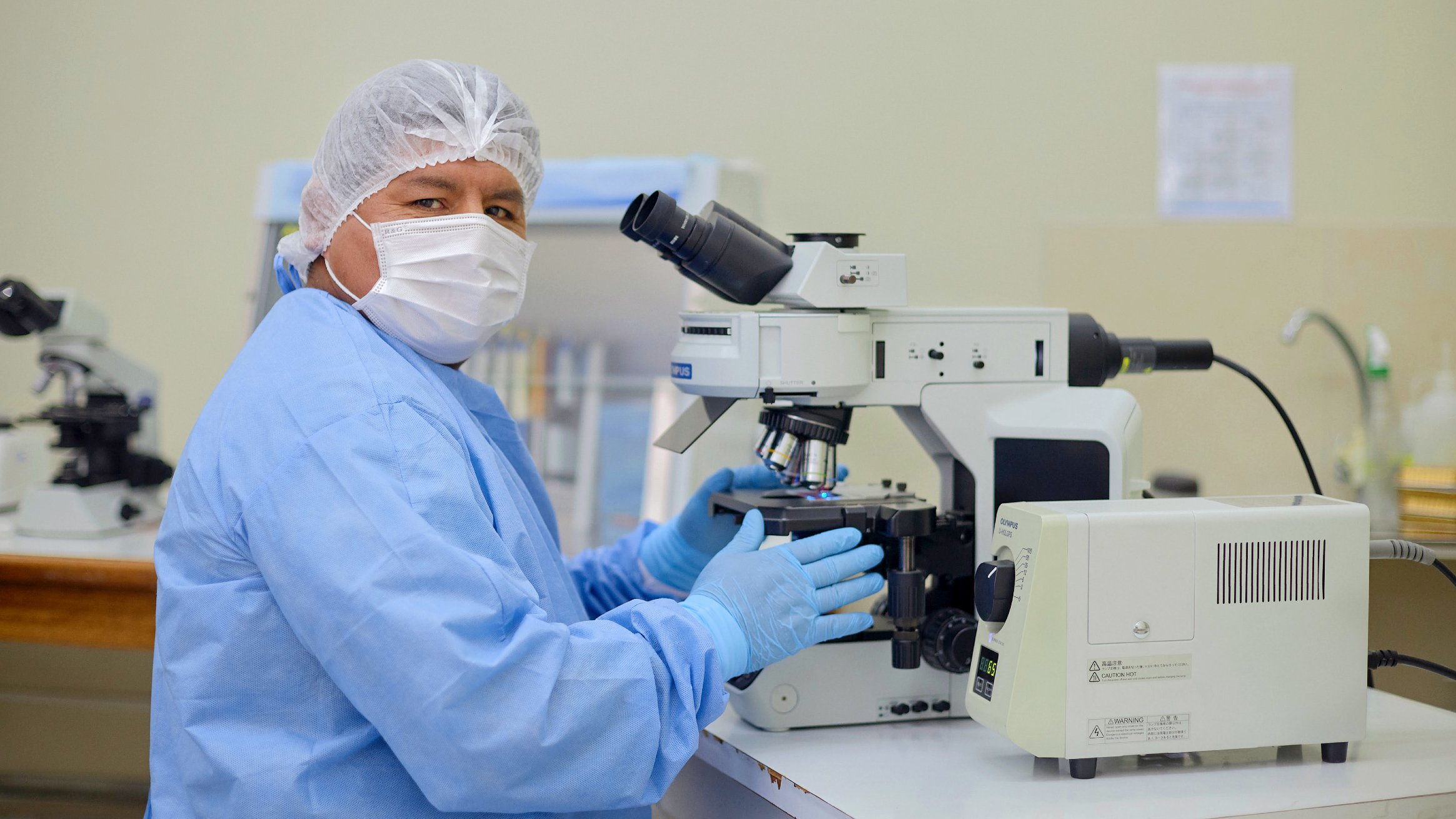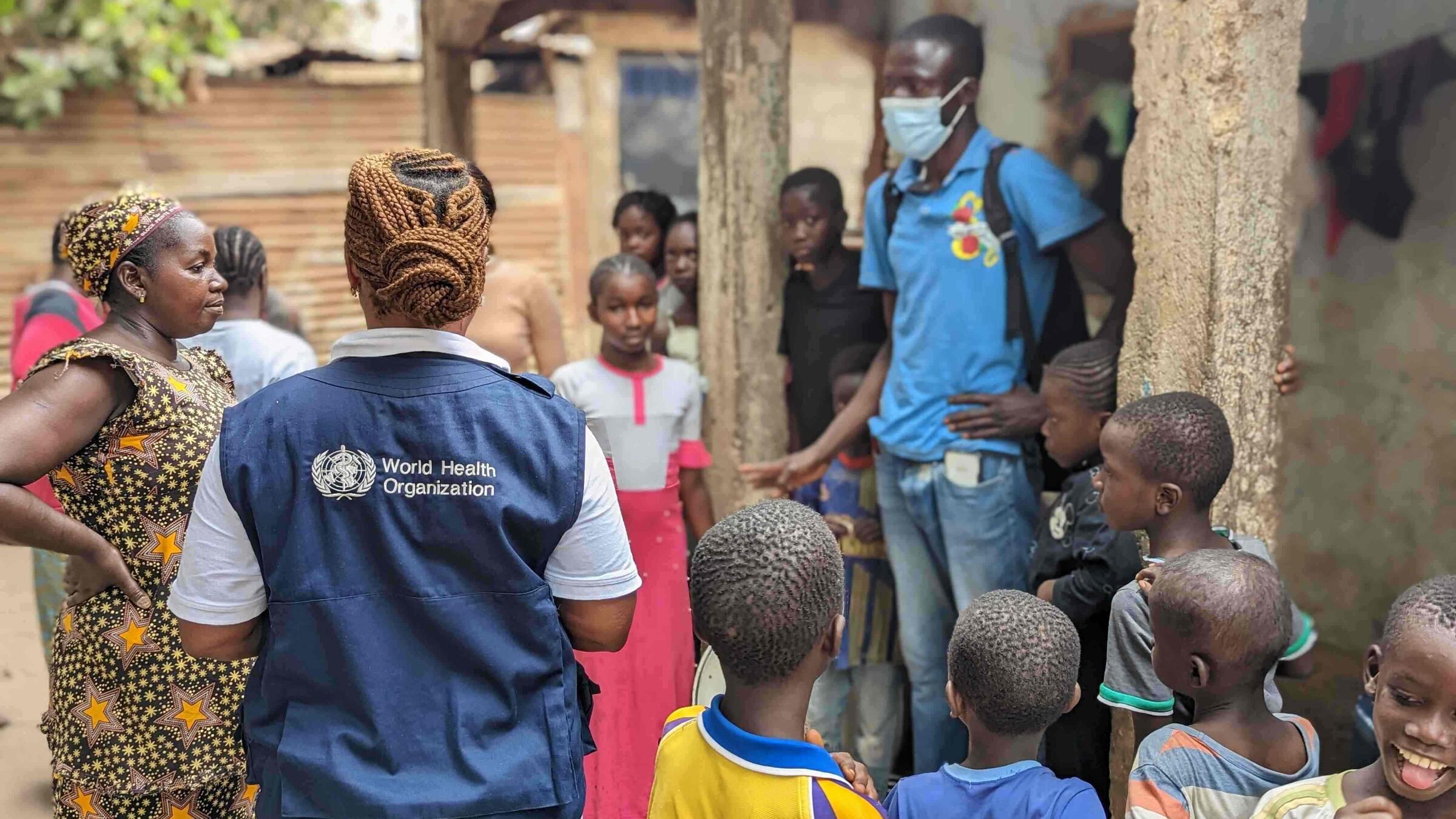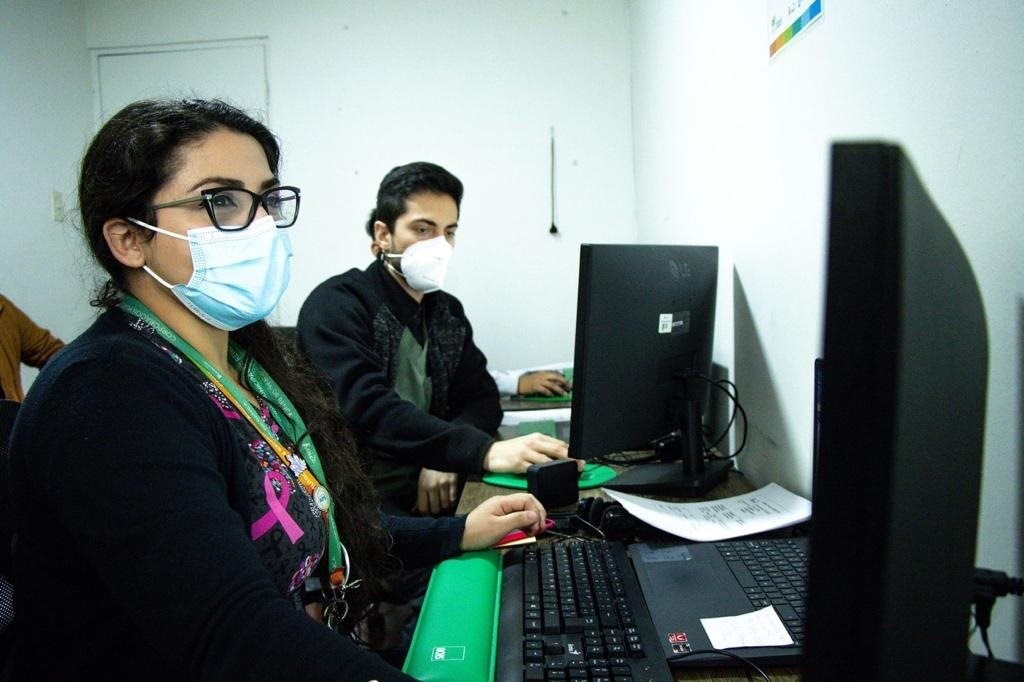
INVESTMENT ROUND: IMPACT STORY
Nepal improve surveillance to prepare for health emergencies
WHO collaborated to increase provincial access to influenza and COVID-19
/planning-resource-coordination-and-per-monitoring-(prp)/influenza-surveillance-review-meeting-nepal.jpg?sfvrsn=69932679_3) © WHO Nepal
© WHO Nepal
End 2021
national influenza surveillance plan completed
February 2022
endorsed by the Ministry of Health
June 2022
nationwide implementation started
In early 2020, Nepal lacked domestic resources for SARS-CoV-2 detection and only had one laboratory with capacity to detect influenza, the National Influenza Center (NIC).
Recognizing the urgent need to monitor both COVID-19 and influenza for enhancing capacity for timely response, the NIC and WHO collaborated to extend molecular diagnostic capabilities to the sub-national level.
WHO collaborated with the NIC at Nepal's National Public Health Laboratory to develop respiratory disease surveillance strategies based on WHO's global guidance.
WHO provided essential technical equipment, supplies, and resources for dual influenza and SARS-CoV-2 testing in Provincial Public Health Laboratories.
WHO provided comprehensive implementation support through onsite assessments of testing sites and sentinel hospitals, and practical training to National Influenza Sentinel Surveillance Network members. It also facilitated the inclusion of respiratory syncytial virus into Nepal's respiratory virus surveillance.
With technical expertise from WHO, the NIC became the first reference laboratory for SARS-CoV-2 testing in Nepal, diagnosing the first COVID-19 case in January 2020.
The real-time integrated system for influenza, SARS-CoV-2, and Respiratory Syncytial Virus augmented Nepal’s capacity for surveillance and diagnostics, bolstering the country’s preparedness and response to respiratory diseases of epidemic and pandemic potential.
WHO continues to provide technical support to Nepal, playing an essential role in advancing the country’s genetic sequencing capacity and real-time surveillance capabilities.
“Building on the laboratory response during COVID-19, Nepal is transitioning to a more comprehensive respiratory disease surveillance in a stepwise manner. We have now integrated SARS-COV-2 and RSV into the influenza surveillance system.” said Dr Runa Jha, Director, National Public Health Laboratory (NPHL), Nepal.
Return on investment
A fully funded WHO will support Member States to save an additional 8.5 million lives in health emergencies, including preparedness and prevention of outbreaks, by 2028.
WHO collaboration with Nepal to increase real-time surveillance capabilities systems to better detect health emergencies is an example of WHO delivering on reduction of risks of health emergencies from all hazards, and impact mitigation, contributing to WHO’s Fourteenth General Programme of Work (GPW 14), strategic objective 5.1. Furthermore, the real-time surveillance capabilities systems also contribute to the country’s preparedness, readiness and resilience for health emergencies, strategic objective 5.2.
Funding the future
WHO’s support to Nepal to strengthen its health security efforts would not have been possible without funding.
To continue this vital response to emerging threats, WHO needs sustainable financing, that is, predictable, flexible and resilient. This will allow WHO to have the greatest impact where it is needed most. Please support the WHO Investment Round.
/invest-visual-investing.png?sfvrsn=dbf748b9_20)

/ir-pie-chart-emergencies-amr.tmb-1920v.png?sfvrsn=c79fac88_2)

